Feel a little lost when it comes to the concept of transportation performance measures? In the first post of a short series expressly for T4A members, Our resident expert and USDOT veteran will help bring you up to speed with a high-level overview of the concept and a quick look at the current state of practice.
This is the first post in a series on performance measures by Beth Osborne, T4America Senior Policy Advisor. Read the rest of the series and find out how and why you should go beyond the federal requirements, learn more about choosing the best measures for addressing your priorities, and learn how to demonstrate to the public that their dollars are being used wisely. -Ed.

Beth Osborne, T4America
As Congress debates a new surface transportation reauthorization bill, it is easy to forget that the transition to performance measurement required by MAP-21 has not yet been fully implemented. The language in MAP-21 required that states and metropolitan planning organizations (MPOs) determine the success or failure of their transportation system by measuring the performance of their investments against federally-required measures, but USDOT has been slow to finalize those benchmarks and kickstart this new process for states and MPOs.
While USDOT continues to work their way through this process via three rulemakings, there are two big issues with which everyone will grapple.
First, though MAP-21 requires specific areas to be measured, the areas were limited to those on which Congress could agree — measures including safety, system condition, system performance, mobile source emissions, and freight movement on interstates and congestion, among others. MAP-21 did not address other measures like economic impact, access to opportunity, transportation cost, freight movement (beyond interstates) and other environmental impacts beyond air quality.
T4A members should be concerned about these missing areas. Regions that fail to consider them may end up only building projects that address Congress’ priorities and not the priorities of their constituents. If you or your community want to consider other factors and measures when picking projects and choosing where to invest, it is time to confer with political and civic leaders, stakeholders and the public to identify those priority areas and the measures that go with them.
Nationwide, states and MPOs are discussing this issue now — before the rule is completed by USDOT and everyone is forced to get moving on USDOT’s tight implementation timeline. We will talk more about how this can be done in the next post, with some specific examples.
Second, regions should pay close attention to the development of each performance measure rule by USDOT because those rules will establish exactly what each state and region will measure. There are more ways to measure “National Highway System performance” and even “congestion,” for example, than you may realize, with a wide range of impacts based on how each issue is measured.
Congestion could be a measure, as engineers have traditionally treated it, of moving cars through an area as fast as possible. Or we could focus on moving people instead of cars. Keeping cars moving so that traffic never slows — no matter how many cars are on the road — is an extremely expensive, if not impossible, proposition. If your goal is moving people, the solution will be much more affordable, flexible and tailored to the overall community goals.
We will dig in deeper to the issue of how the wrong measures can send a community in the wrong direction in an upcoming post.
USDOT split their full rule for performance measurement into three parts. Their first part covered safety measures; the second, system condition measures (i.e., road and bridge condition); and the third contains all the other measures mentioned above. The first two parts of the rule have already been released, commented upon and closed. The third (the biggest one) is still pending and will probably be released to the public for comment toward the end of this year.
Stay tuned right here, T4A members! Over the next few weeks, we will unpack the thorny issue of performance measures and provide you with insights into preparing for this new decision-making system and how you can use it to build support for your programs and help make a case for needed funding.
For more information, feel free to check out our report on performance measures, Measuring What We Value.




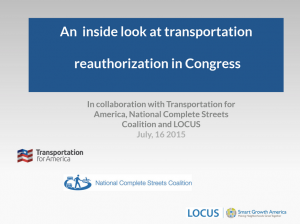
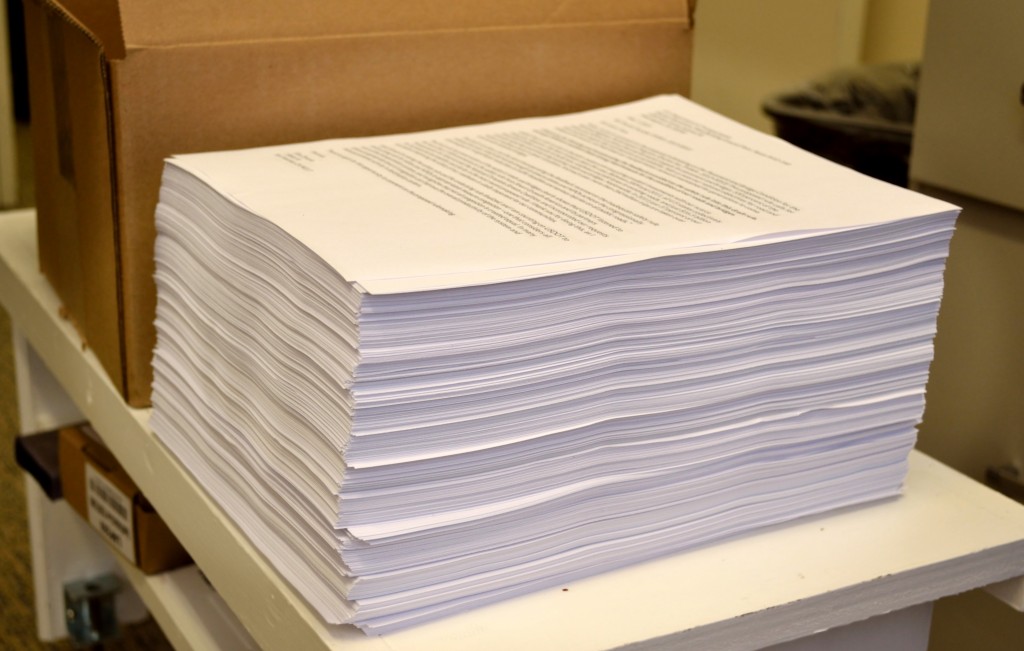
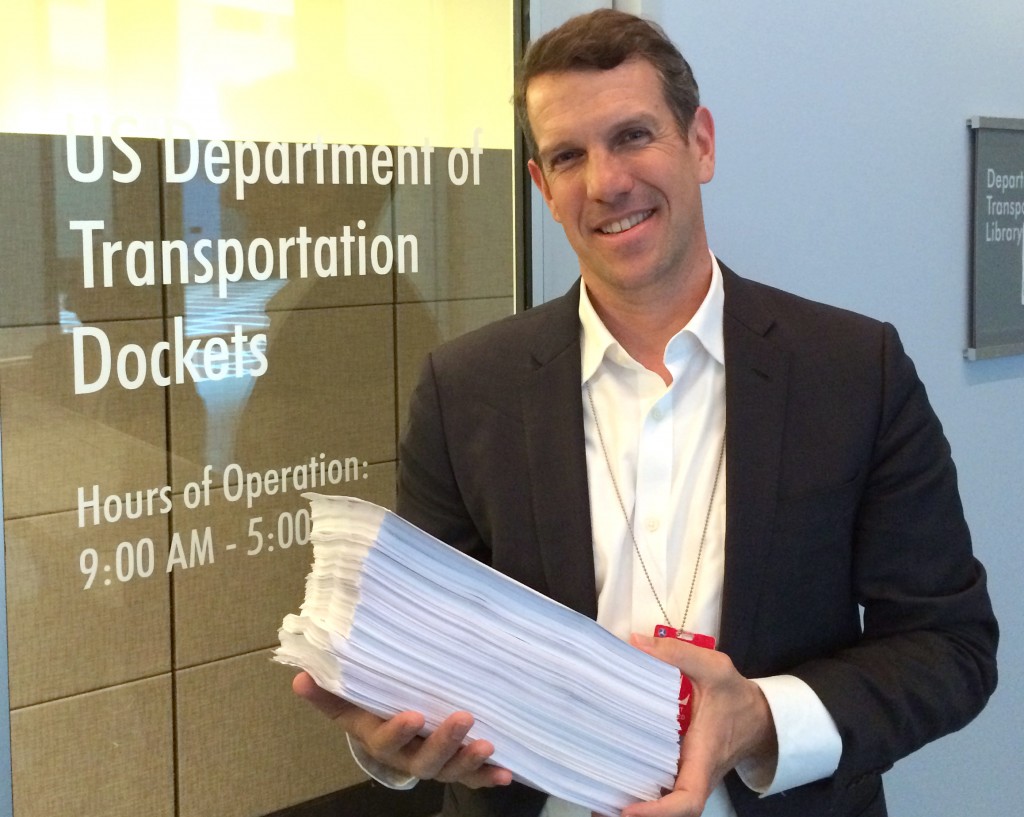

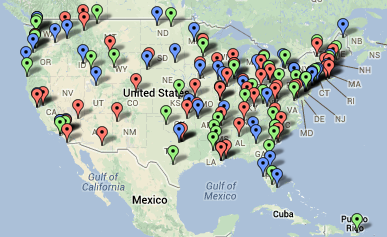
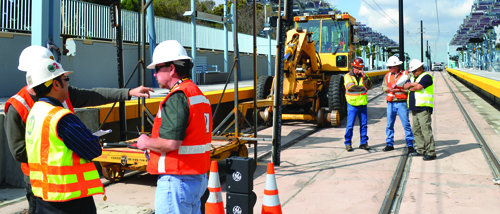

















 We’re no stranger at T4 America to the idea of using open government data to help ordinary citizens better understand their transportation system and how federal and local transportation policy needs to change to make them safer. We’ve regularly used public data from the U.S. Department of Transportation to seed useful tools, like the interactive map of ten years of pedestrian fatalities (
We’re no stranger at T4 America to the idea of using open government data to help ordinary citizens better understand their transportation system and how federal and local transportation policy needs to change to make them safer. We’ve regularly used public data from the U.S. Department of Transportation to seed useful tools, like the interactive map of ten years of pedestrian fatalities (